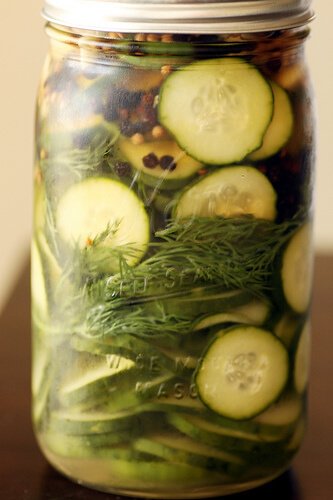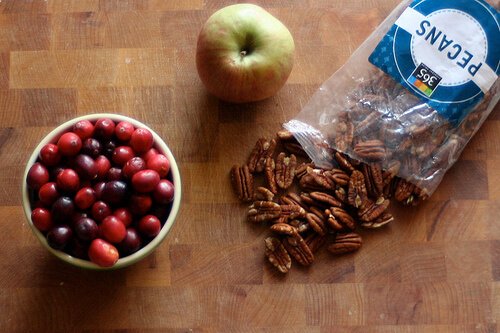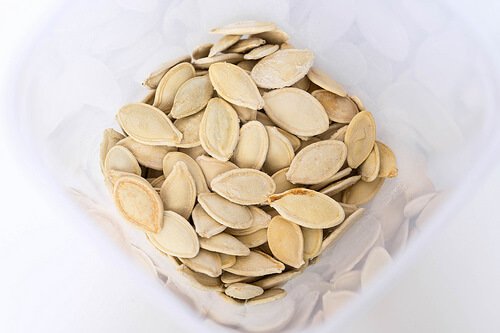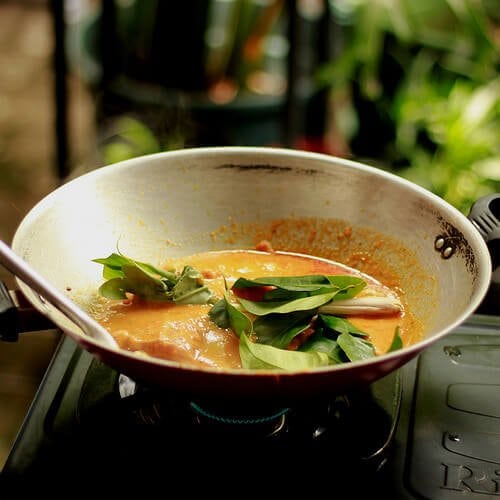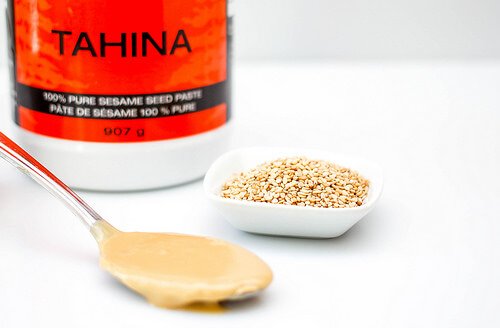How do you prepare your morning brew? Do you use k-cups or coffee mixes to get your caffeine fix? For purists, nothing beats the taste of a freshly brewed coffee. The process of grinding the coffee beans and steeping it in hot water every morning may be tedious to some, but not for coffee aficionados. Of course, enjoying freshly brewed coffee means buying coffee beans in bulk. So the question becomes, do coffee beans go bad? If say, you have bags of coffee beans sitting in storage, how long will the coffee beans last before they go bad? What’s the best way to store coffee beans?
Coffee beans go through a roasting process to bring out their distinct flavor and aroma. The beans start out as greenish beans and when roasted, the beans turn a deep brown, almost black. You can buy the beans unroasted and do the roasting yourself or get the roasted ones.
Roasted coffee beans have a long shelf life. That’s because the beans are dry so the risk of bacterial, yeast, or mold growth is highly unlikely unless the beans were stored in a humid environment. Since coffee beans are relatively shelf stable, they can be stored at room temperature. However, coffee beans tend to lose their flavor and aroma when kept in storage for far too long. Even if you use an airtight container, it is best to consume your supply as soon as possible to enjoy the coffee beans at their peak freshness.
Image used under Creative Commons from Global Panorama
It is also worth noting that coffee beans oxidize when exposed to air. Once oxidized, the beans will take on a sour taste. The aroma of the beans will also weaken once the beans have oxidized.
The coffee beans’ peak of freshness will vary from beans to beans. Generally, you have to use the beans as close to the roasting date as possible for optimal flavor. Check the expiration date and keep in mind that the year indicated on the label refers to the date on which the beans were roasted. The closer you are to the date indicated, the less fresh the coffee becomes.
How to Store Coffee Beans?
Storing Coffee Beans in the Pantry
The simplest and best way to store coffee beans is in the pantry. This storage method is suitable for a small supply of coffee beans. Because the beans are exposed to the elements, you want to use up your supply as soon as possible.
According to the National Coffee Association, coffee beans must be stored in an airtight, opaque container. Clear canisters allow light to penetrate the containers, causing the beans to oxidize. Keep the beans in a cool, dark, and dry place away from sources of heat, moisture, and direct sunlight. The darker the storage spot, the better. We recommend storing a container of coffee beans in your kitchen cabinet so the light will not reach it. Always keep the container tightly sealed after every use to extend the shelf life of the coffee beans.
Image used under Creative Commons from dano272
Storing Coffee Beans in the Freezer
If you bought coffee beans in bulk but you have no plans of using up your supply immediately, freezing may be a great option. This method is best for extending the shelf life of coffee beans with minimal flavor or aroma changes. Still, there is no guarantee that the thawed roasted beans will taste the same after being frozen.
We suggest transferring the coffee beans in an airtight, freezer-safe container like a resealable plastic bag when the original container has been opened. If the original packaging is unopened, no need to transfer the beans in a different packaging. Use a double bag for maximum freshness. Split the bag of coffee beans into serving size portions so you don’t have to thaw the entire bag.
Shelf Life of Coffee Beans
When kept in the pantry, unopened bags of whole coffee beans will keep for 9 months to a year. When the bag is opened, the coffee beans will keep at room temperature for at least 3 months. In the freezer, unopened bags of coffee beans will keep for 3 to 5 years. When opened, the bag of coffee beans will keep in the freezer for 2 years or so.
How to Tell if Coffee Beans Have Gone Bad?
One way to tell if the coffee beans have spoiled is the slight to significant changes in the aroma. If the aroma of the coffee beans has weakened to a point that it is no longer detectable, the flavor of the coffee is gone. This is a sign that the coffee beans are no longer good enough to use. The flavor of stale coffee beans will also weaken.
It’s unlikely for coffee beans to turn moldy unless exposed to moisture or a humid environment. If you are seeing mold, discard the product right away.
Summary
Do coffee beans go bad? Coffee beans have a long storage life because these products are shelf stable. However, coffee is the kind of product that is best bought in small batches, not in bulk. Buying in bulk means using up the supply slowly, which could affect its flavor and aroma. But store the coffee beans properly and they should keep for years ins storage.
The post Do Coffee Beans Go Bad? appeared first on Does It Go Bad?.


